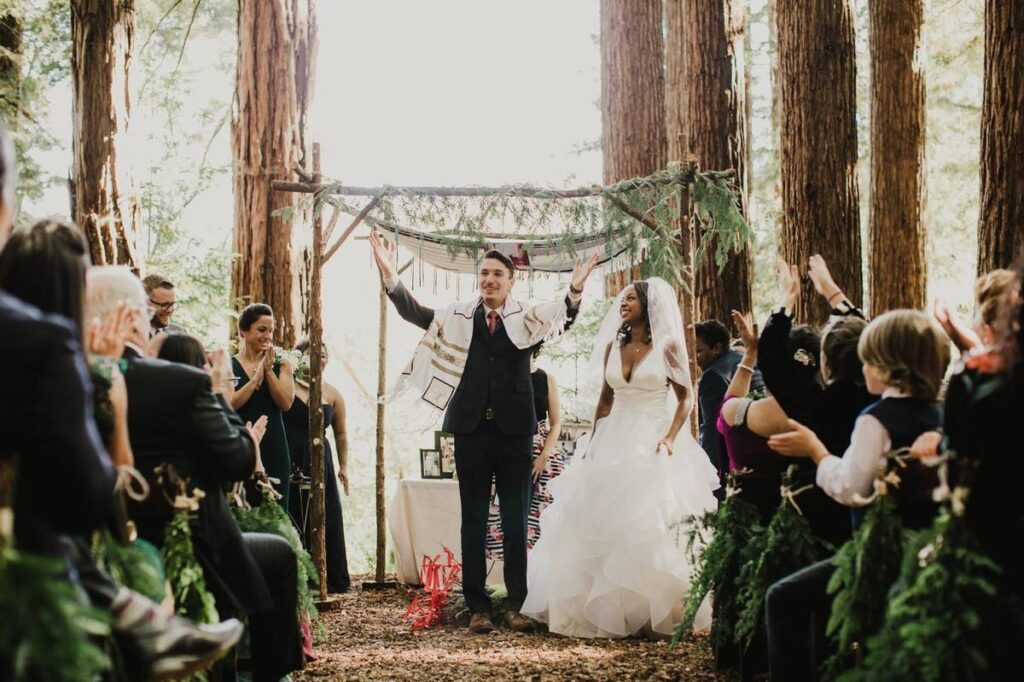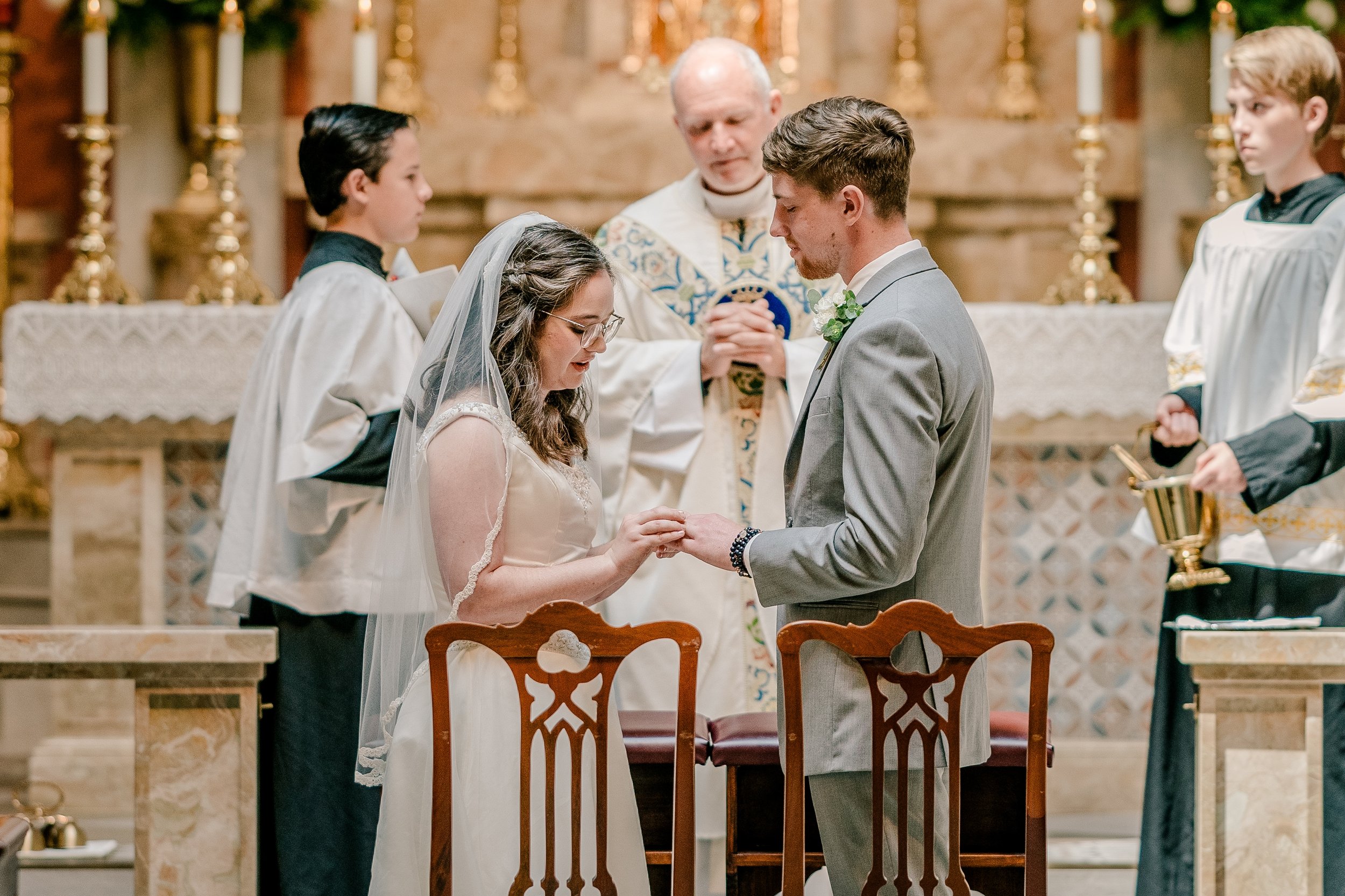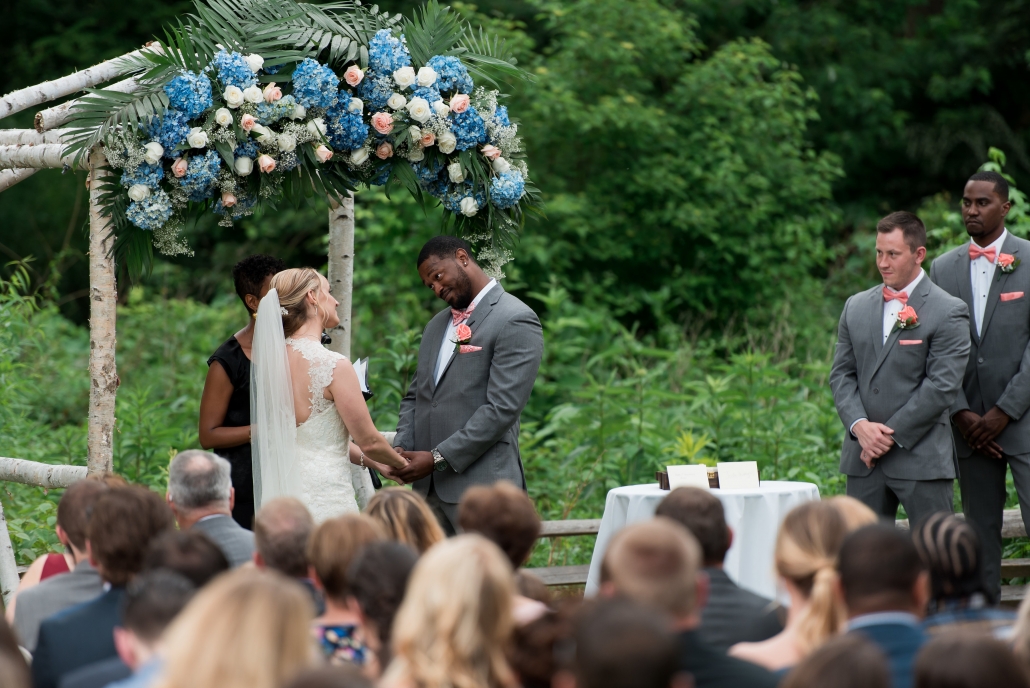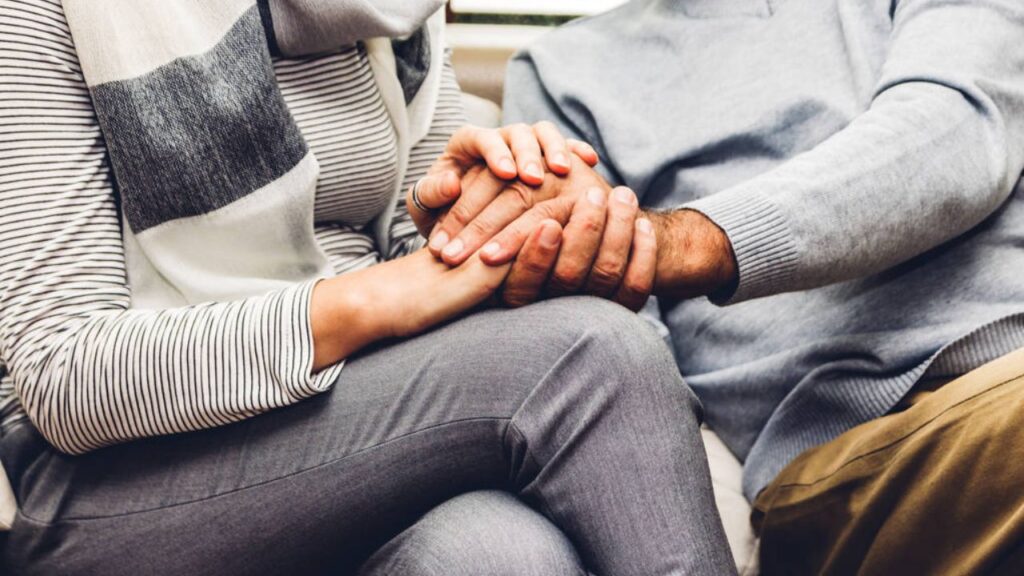Planning your dream wedding ceremony outline in 2024 can be one of the most exciting yet daunting tasks you’ll face as you prepare for your big day. Whether envisioning a traditional, religious, or modern nondenominational ceremony, clearly understanding the various elements and sequences involved can make the planning process much smoother. This comprehensive guide will take you through different types of wedding ceremonies and answer some of the most frequently asked questions to help you craft a wedding ceremony outline in 2024.
Traditional Wedding Ceremony

The Prelude
The ceremony typically starts with a prelude, where guests arrive and take their seats. Soft background music is played to create an ambience of love and anticipation. This is a great time to include some of your favourite romantic tunes or classical melodies that set the tone for the event.
The Processional
The processional marks the official start of the ceremony, beginning with the entrance of the wedding party and ending with the bride’s grand entrance. Traditionally, the groom and his groomsmen enter first, followed by the bridesmaids, flower girls, and ring bearers. Lastly, the bride makes her way down the aisle, escorted by her father or another significant person.
The Opening Remarks
The officiant welcomes everyone and provides some opening remarks that may include a brief reflection on the significance of marriage. This is also the time when the officiant might share a personal story about the couple or an inspirational quote about love and partnership.
Jewish Wedding Ceremony

The Ketubah Signing
Before the ceremony officially begins, the couple signs the Ketubah, a marriage contract outlining their commitments to each other. This document is often read aloud during the ceremony, symbolizing the couple’s dedication and the legal aspects of their union.
The Chuppah
The couple stands under a Chuppah, a canopy symbolizing the home they will build together. Family members or friends might hold the poles, adding to the communal aspect of the union. The Chuppah is traditionally open on all sides to signify hospitality to guests and openness in the couple’s future life.
The Seven Blessings
Seven blessings, known as Sheva Brachot, are recited over a cup of wine, each blessing focusing on different aspects of the marriage and family life. These blessings can be read by the officiant, family members, or friends, making the ceremony more interactive and meaningful.
Hindu Wedding Ceremony

The Baraat
In Hindu weddings, the Baraat is a lively procession where the groom arrives at the wedding venue, often on a horse or in a decorated car, accompanied by music, dancing, and singing. It’s a festive start that sets a joyful tone for the rest of the ceremony.
The Mandap
The ceremony takes place under a Mandap, a beautifully decorated structure that represents the universe. Close family members join the couple under the Mandap, signifying the importance of family in marital life. The Mandap is often adorned with flowers, fabrics, and lights, creating a stunning focal point.
The Saptapadi
The couple takes seven steps around a sacred fire, each step symbolizing a vow they make to each other. These vows cover aspects like prosperity, strength, and fidelity, providing a spiritual foundation for the marriage. The fire acts as a divine witness to these promises, making the ceremony profoundly sacred.
Catholic Wedding Ceremony

The Entrance Rite
The ceremony begins with a procession similar to traditional ceremonies, but it also includes a greeting from the priest and a brief introduction to the ceremony. The entrance rite sets the stage for a solemn and sacred event, emphasizing the spiritual significance of the union.
The Liturgy of the Word
Scripture readings are an essential part of a Catholic wedding, often including passages from the Old and New Testaments. These readings are chosen to reflect the couple’s beliefs and values, and they offer spiritual guidance and inspiration for their married life.
The Nuptial Blessing
After exchanging vows and rings, the priest offers a nuptial blessing, invoking God’s grace and blessings upon the couple. This blessing is a beautiful moment of sanctity and spirituality, sealing the marriage with divine love and protection.
Nondenominational Wedding Ceremony

The Welcome
A nondenominational ceremony often starts with a warm welcome from the officiant, setting a relaxed and inclusive tone. The welcome message can be personalized to reflect the couple’s unique love story and the significance of the day.
The Unity Ritual
Many nondenominational ceremonies include a unity ritual, such as lighting a unity candle or pouring sand into a single container. These rituals symbolize the merging of two lives into one and add a unique, memorable element to the ceremony.
The Personalized Vows
Instead of traditional vows, couples in nondenominational ceremonies often write their own, making the ceremony deeply personal and meaningful. Personalized vows allow couples to express their love and commitment in their own words, adding a heartfelt touch to the ceremony.
Conclusion
wedding ceremony outline in 2024 can be overwhelming, but understanding the different elements and sequences can make the process much more manageable. Whether you’re going for a traditional, religious, or nondenominational ceremony, each type offers unique features that can make your day special. We hope this guide has provided valuable insights and practical tips to help you create the perfect ceremony outline.

